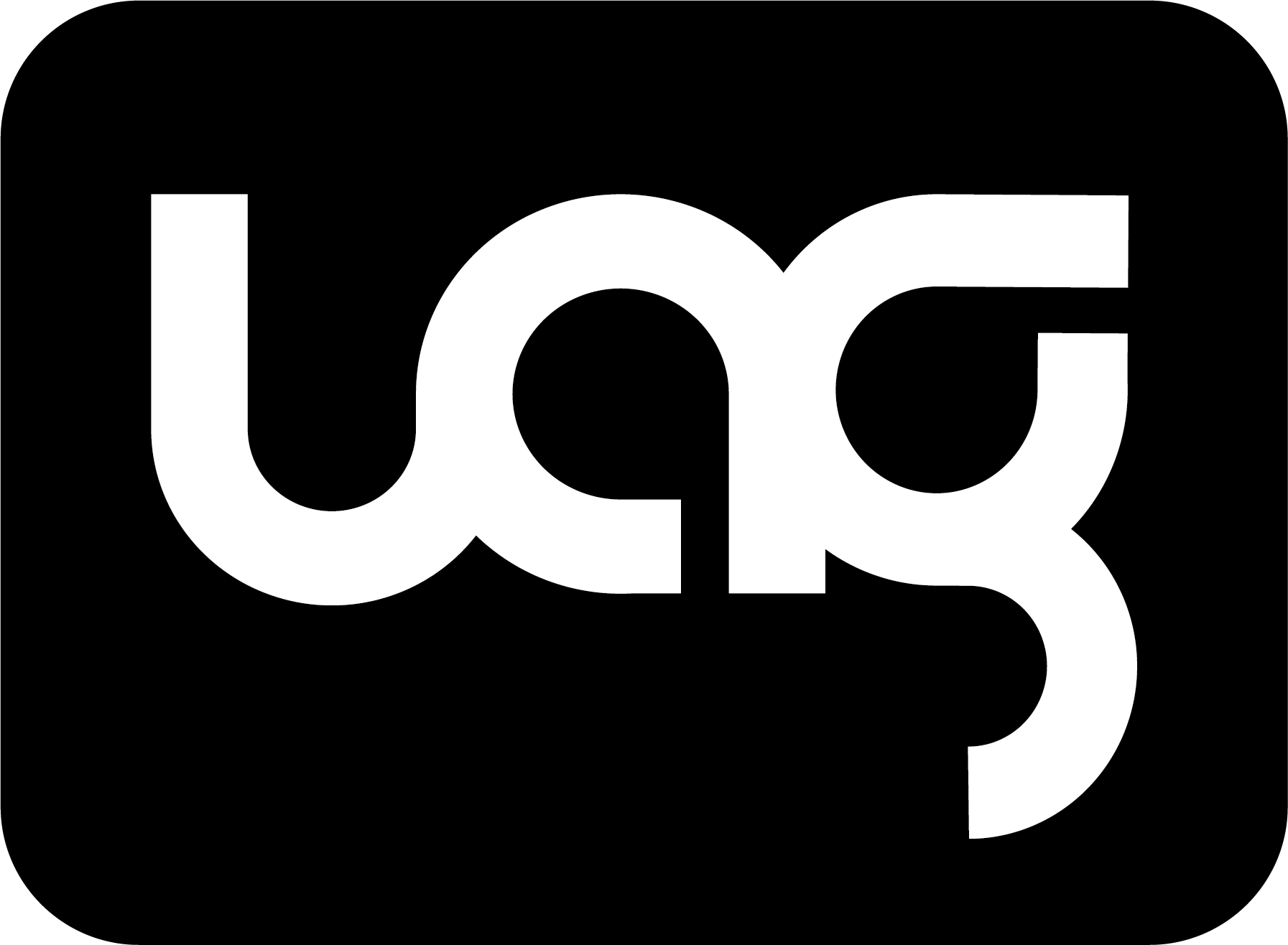Todays meeting did not satisfy the expectation that the ECB could lend a helping hand to the euro by keeping it from plunging off a cliff. Europe has refused to accelerate monetary policy normalisation as most G7 countries have.
Currency market dynamics are always a comparison of relative strength. With a bigger blow to the economy from the events in Ukraine and no less of a problem with inflation, the single currency risks remain under pressure due to a rapidly widening gap in interest rates in the euro area and beyond.
The European Central Bank kept key interest rates unchanged and noted that the asset purchase programme would be scaled back and completed in the third quarter. Market participants expected these announcements.
The focus of market participants was on comments about further plans. And they are relatively mild, considering the external environment. The Fed is preparing the ground for a 50point rate hike and the start of QE. The Bank of Canada and RBNZ already did so yesterday. The Bank of England and the Bank of Korea have returned rates to prepandemic levels.
In the meantime, the ECB is putting out a very sluggish plan complete purchases in the third quarter, only then start to raise rates, and it will reinvest payments long after the start of tightening.
The EURUSD is hovering below 1.0800 on the twoyear low. But the euro has an increased chance of being sent into free fall. Much like the Japanese currency, which reached 20year lows against the…


